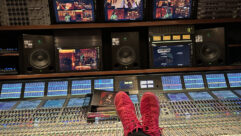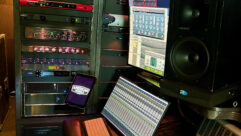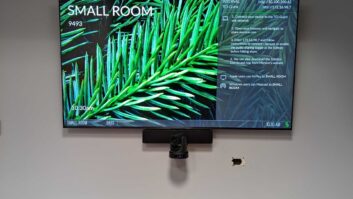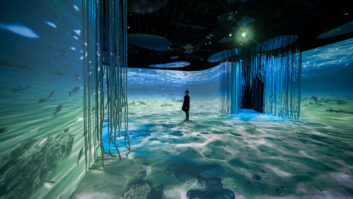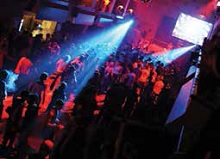

Studio Gear Takes the Stage
Dec 3, 2014 4:08 PM, By Dan Daley, Special to InfoComm International
The onstage toolset for event-production audio has long been a limited one — usually by choice or habit. A typical event-production microphone case might have a slew of Shure SM57s and SM58 dynamic mics, treasured for their storied ability to hammer nails into a stage and then be ready for everything from MC duty to background vocals to snare drums.
Then there’s be a handful of other workaday transducers, such as the Electro-Voice RE20, the dynamic cardioid microphone that’s been a mainstay for both broadcast announcers and bass drums; the Shure Beta 91A condenser boundary microphone, which the clumsiest stage hand could step on and it still wouldn’t miss a thump; and the hypercardioid-patterned Sennheiser MD421/441 series, which can keep a presenter nicely isolated on even the most raucous awards-show stage.
But things are changing. The demand for ever-better sound at live events has been pulling microphones on stage that, until now, lived only in recording studios. It’s like a Juilliard violinist being lured on stage to jam with Phish.
Moreover, the migration of studio engineers into the live- and installed-sound worlds means many of them are taking their favorite mics with them on stage.
The trend is further propelled by the fact that there are more microphones on the market than ever before, with a proliferation of boutique manufacturers introducing new models and types available across all price points. What’s more, even many of the more delicate types of microphones, such as the large-diaphragm condensers intended for close-up vocals and acoustic instruments, are being modified by their manufacturers to be far more robust than their predecessors.
“We’re seeing the entire vocal chain showing up on stage more often now,” observes Derek Snyder, director of the western region for pro AV vendor GC Pro. “It’s not just the microphone, but also a high-end mic preamp and EQ, the same ones a vocalist will use in the studio. What’s driving that is that more [performers] want to have the same sound on stage when performing a song as they did when they recorded it.”




